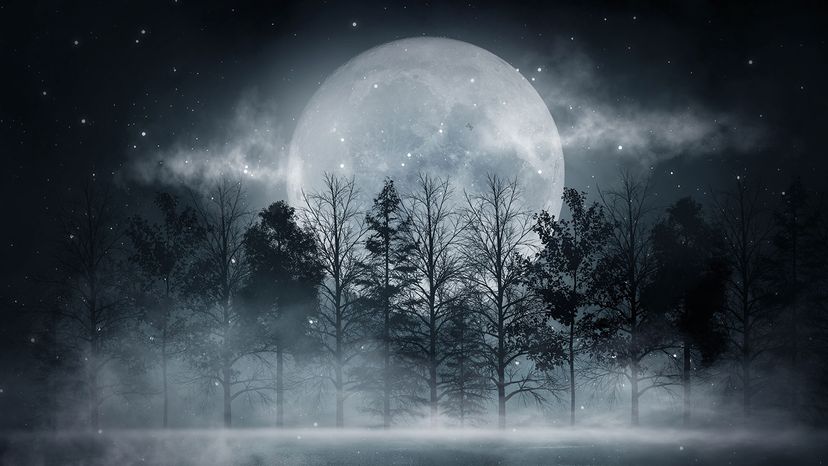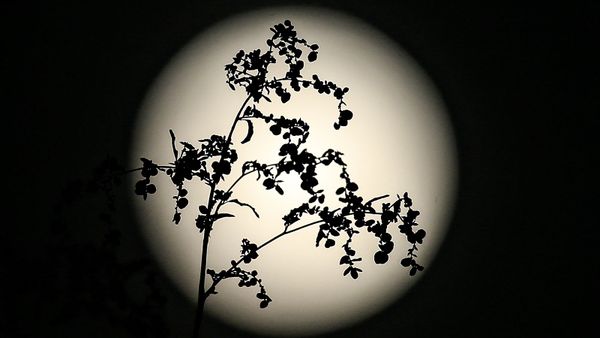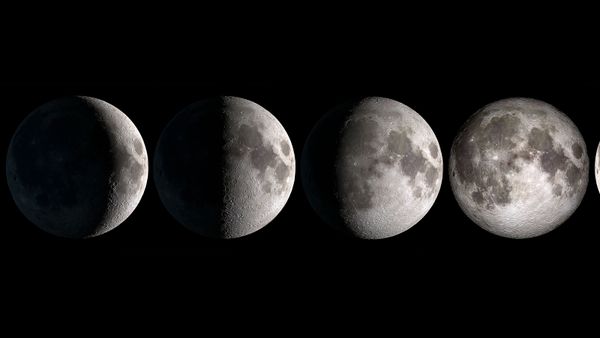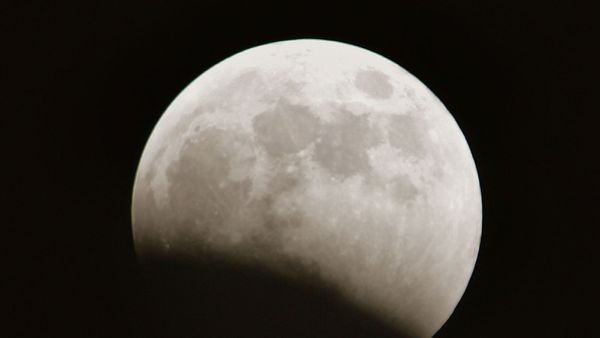
Astronomically speaking, December is a great month. A number of meteor showers pelt the earth's atmosphere and light up the night, including the popular and prolific Geminids mid-month. There are also opportunities to see various planets in the night sky, and other astronomical events too. Throughout all that, the moon will continue its cyclical series of phases, with a full moon overnight on December 7.
This full moon is sometimes called the cold moon. Just as October's moon is called the hunter moon and July's is moon is called the buck moon, December's moon has a variety of names but is most often referred to as the cold moon.
Advertisement
The origins of the name "cold moon" can be traced to the Mohawk people, a Native American group that traditionally inhabited southeastern Canada and northern New York State.


